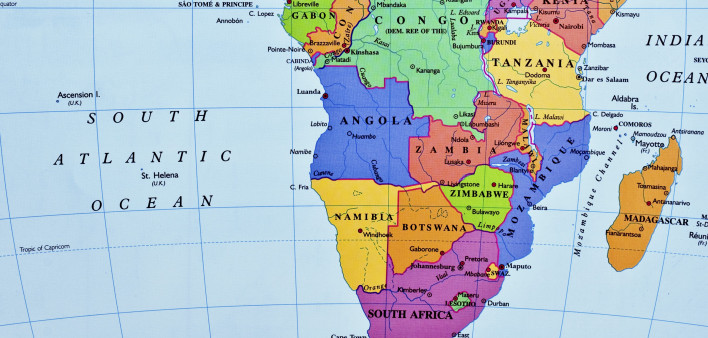When programs rapidly scale up widespread HIV testing and immediate antiretroviral (ARV) treatment for those who test positive, the resulting reduction in the proportion of people in the overall population as well as the proportion of people living with the virus who have an unsuppressed viral load both predict a declining HIV transmission rate.
In other words, scaling up testing and treatment of the virus is an effective and hugely important means of curbing the HIV epidemic. Indeed, over the past decade the global public health community has coalesced around this as the signature strategy for fighting the virus’s spread.
A new study has provided additional scientific proof of the validity of this strategy by analyzing four papers published in 2019 that were based on randomized controlled studies of HIV test-and-treat programs conducted in recent years in various sub-Saharan African nations.
Maya L. Petersen, MD, PhD, of the University of California, Berkeley, School of Public Health, presented findings from the new analysis at the 2020 Conference on Retroviruses and Opportunistic Infections in Boston this week.
All told, these studies were conducted in 105 communities that each had an HIV prevalence (the proportion of the community living with the virus) between 2% and 40%. The studies drove substantial increases in the proportion of those living with HIV who had a fully suppressed viral load. The studies included:
- PopART, or HPTN 071, which was conducted in 21 communities of about 25,000 adults each and that found an HIV prevalence of 29%
- SEARCH, conducted in 32 communities of about 5,000 adults each, which had an HIV prevalence of 5% to 19%
- Ya Tsie, conducted in 30 communities of about 3,600 adults each, which had an HIV prevalence of 29%
- TasP ANRS 12249, conducted in 22 communities of about 1,300 adults each, which had an HIV prevalence of 30%.
In the analysis, people with HIV were considered to have fully suppressed virus if they had a viral load below either 400 or 500, depending on the study.
The studies included 18 to 40 months of HIV testing follow-up.
A total of 257,929 people received testing for the virus. Based on 38,928 tests, the study authors found that between 3% and 70% of the people living with HIV did not have a fully suppressed viral load. During testing conducted over 345,844 cumulative years of follow-up, the HIV transmission rate per 100 cumulative years of follow-up varied between 0.03 transmissions and 3.4 transmissions, depending on the community.
Petersen and her colleagues found that, overall, for every 1 percentage point increase in the proportion of an overall community with unsuppressed virus, the HIV transmission rate per 100 cumulative years of follow-up increased by 0.07 transmissions. The relationship between community-level unsuppressed HIV and transmission of the virus varied quite a bit between studies. But in each study, there was a positive correlation between the two factors that was statistically significant, meaning it is unlikely to have been the result of chance. That said, in the SEARCH study, this association bordered on statistical significance.
Next, Petersen and her colleagues analyzed the association between lack of viral suppression among HIV-positive people in particular and the rate of transmission of the virus in the studied communities. They found that for each 10 percentage point increase in the rate of viral nonsuppression among people living with HIV, the transmission rate increased by 0.12 cumulative years of follow-up. Again, this association varied greatly between studies, although the link was statistically significant in all four.
Petersen urged a cautious interpretation of the findings regarding community-level viral nonsuppression and the rate of HIV transmission, noting that if other factors specific to each studied community affected transmission rates, this may mean that her study has overestimated the influence that driving up rates of successful ARV treatment has on transmission of the virus.
The investigators concluded that these trials provide models of how to rapidly increase viral suppression within communities, an effort that can in turn drive down HIV transmission rates.







Comments
Comments